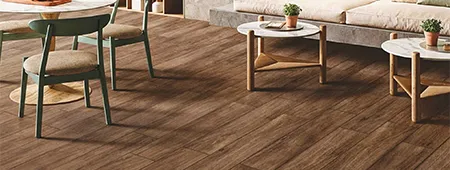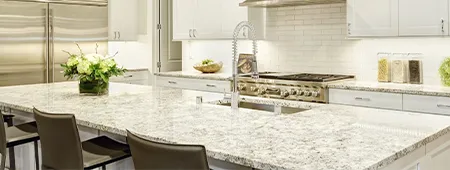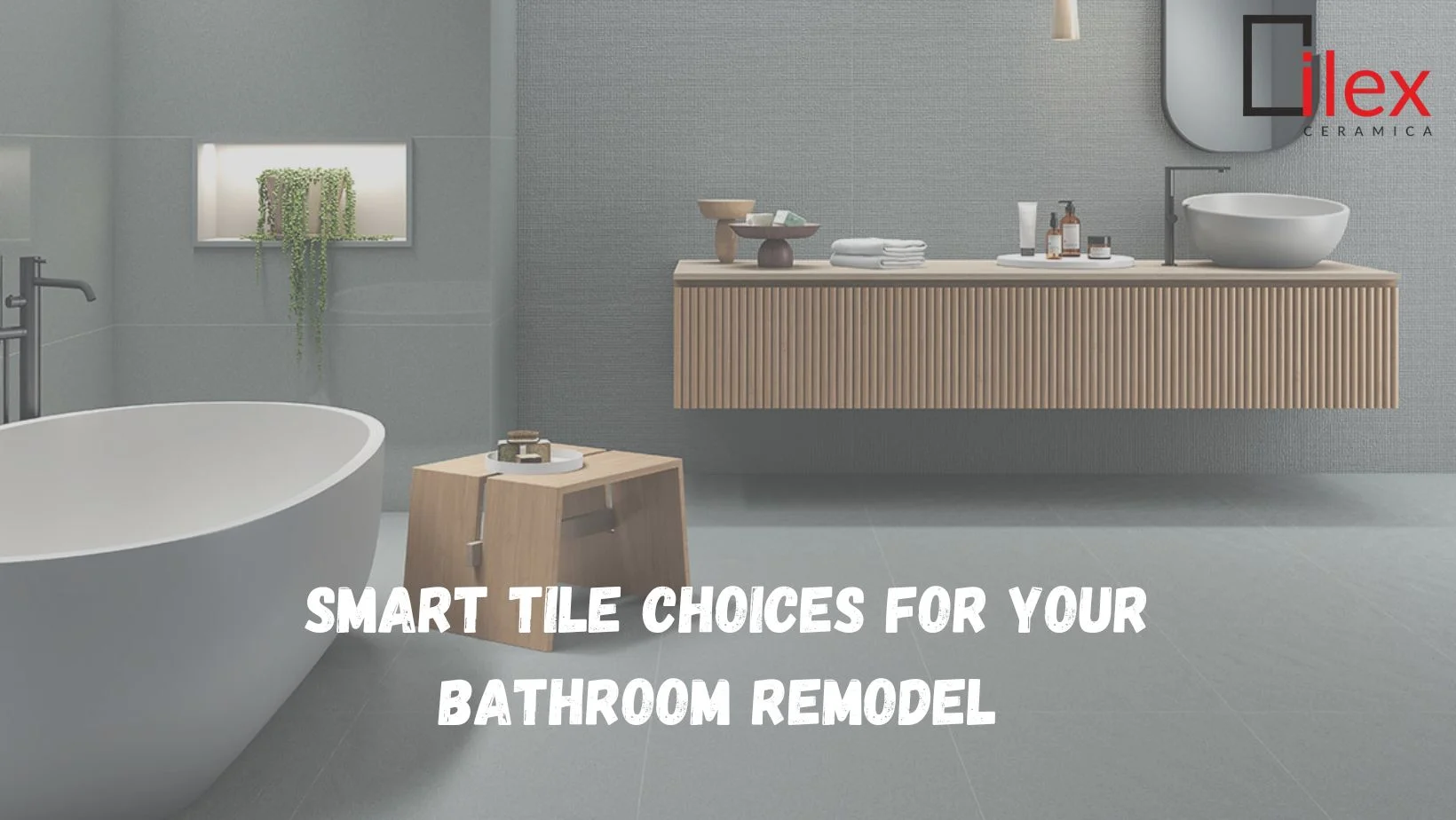08 August, 2024
Since you are getting ready to remodel your bathroom, one of the most influential decisions you will need to make is choosing the right tile. A proper choice will alter the space both in terms of appearance and functionality. You have a wide array of alternatives, starting from sleek porcelain to rustic natural stone. You will then choose from different types of tile, along with their sizes and finishes, to complete your ideal bathroom oasis. Large tiles give the impression of a larger space, even in the smallest bathroom. At the same time, complicated mosaics make for visual interest. Matt finishes modernizing with a look that's current, while glossy tiles help to reflect light around a room and make it appear more brilliant. This guide will walk you through all you need to know about bathroom tiles, ensuring your remodel is a resounding success.
Choosing the Right Tile Type for Your Bathroom Remodel
Knowing what to consider when choosing the right tile for your bathroom renovation means you can be sure of the best choice:
Material Matters
Common examples are ceramic and porcelain tiles. These are hard with good water resistance. Porcelain is denser, less porous, so it works well in places that have high moisture. A more exotic appearance will come from natural stone tiles, such as marble or slate. Of all these options, though, these require the most maintenance. Glass tiles can provide a clean, modern look but chip easily in return.
Size and Shape Considerations
While larger tiles provide a perception of larger space in a smaller bathroom, smaller ones do allow for greater design flexibility. Think mosaic tiles for accent walls or shower floors. Rectangular subway tiles are classic on the walls; hexagonal or penny tiles offer visual interest on the floor.
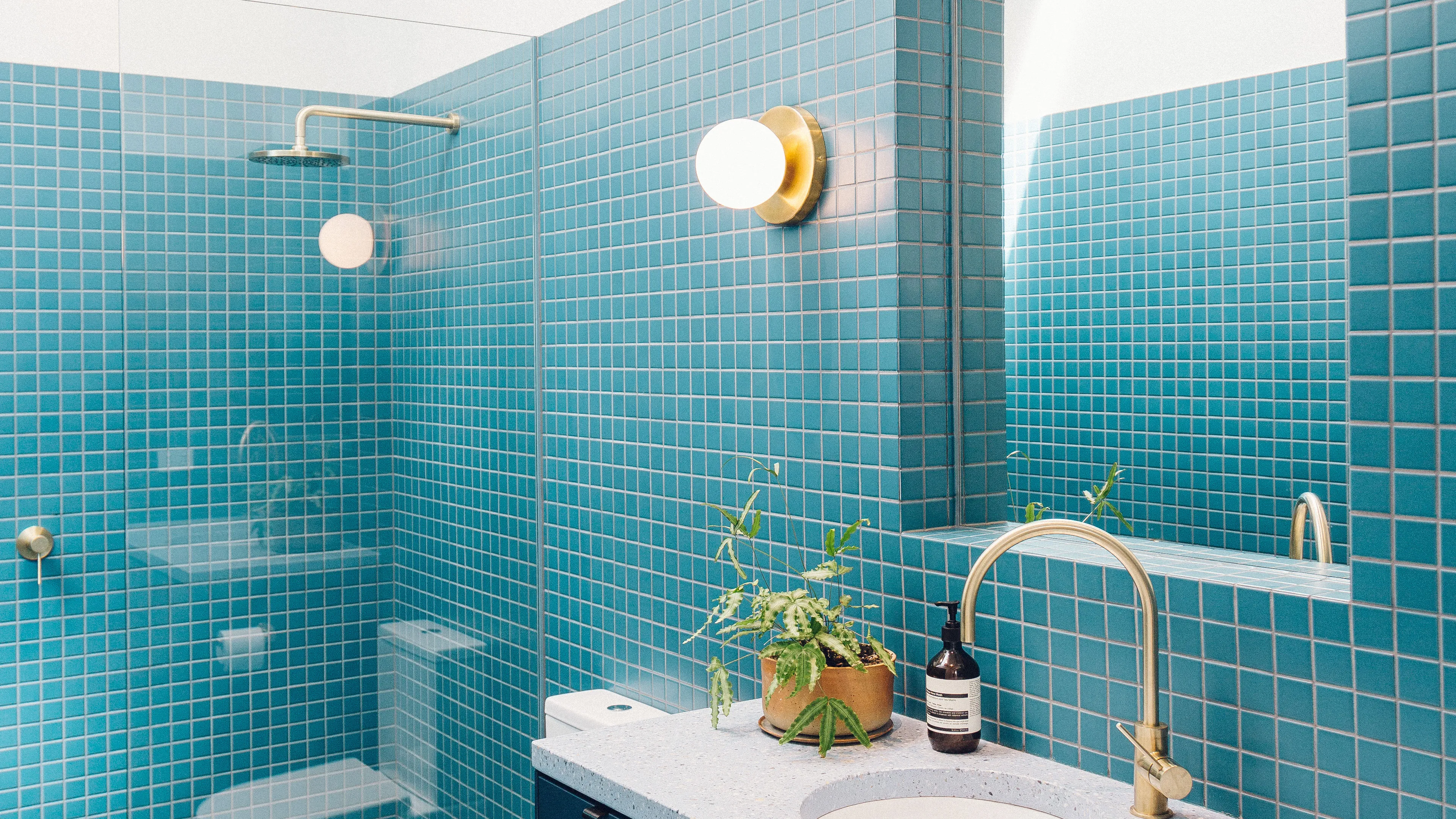
Finish and Texture
The finish of your tiles has implications for both aesthetic and functional concerns. Glossy tiles reflect light, which can lighten up a space but are slippery when wet. Matte or textured finishes provide more traction and are good choices for the shower floor. Polished tiles can give an expensive look to your bathroom. On the other side, water spots can be easily seen on this kind of tile.
Remember to balance your design inclinations with practical slip resistance, ease of cleaning, and longevity issues as you make your final tile choice.
Tile Sizes and Shapes: What Works Best in Bathrooms
When selecting tiles for your bathroom remodel, size and shape play crucial roles in both aesthetics and functionality. Your choices can dramatically impact the perceived space and overall ambiance of your bathroom.
When choosing tiles for your bathroom renovation, the size and shape of your tile make all the difference, both in style and functionality. The decisions you make can greatly change the perception of space and the overall mood of a bathroom area.
Small Tiles for Texture and Grip
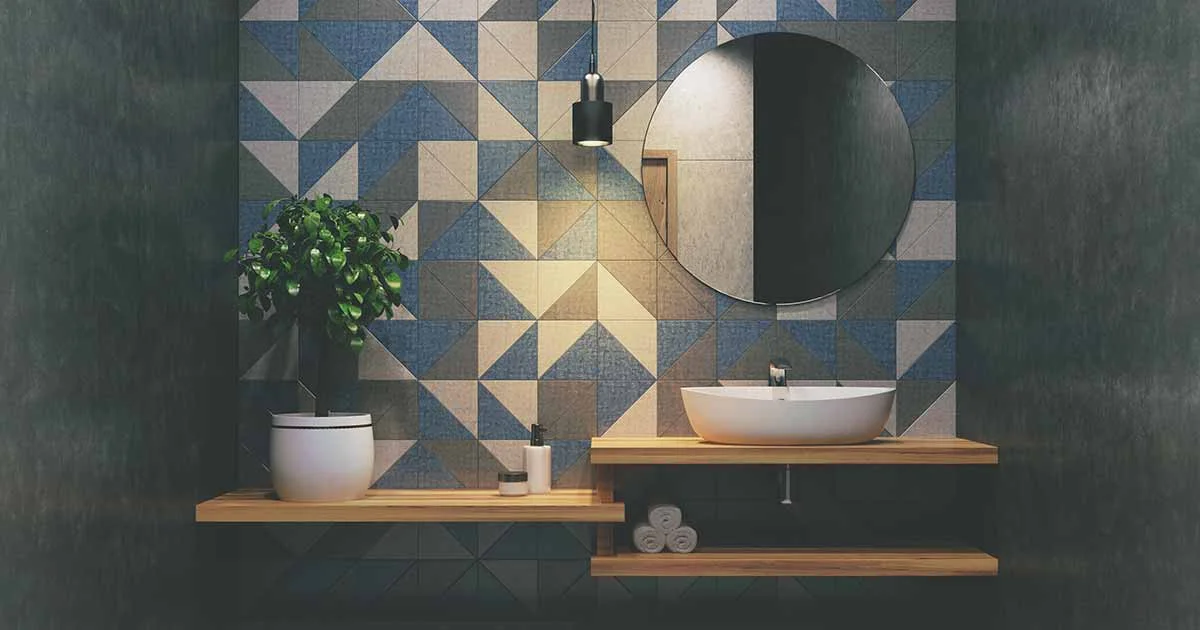
On bathroom floors, the smaller the tiles, the better they are for slip-resistance because there are more grout lines. These sizes work well for shower floors or as an accent. Mosaic tile, usually 1" x 1" or smaller, can be installed to create detailed patterns that add eye appeal to a space.
Large Format Tiles for Modern Appeal
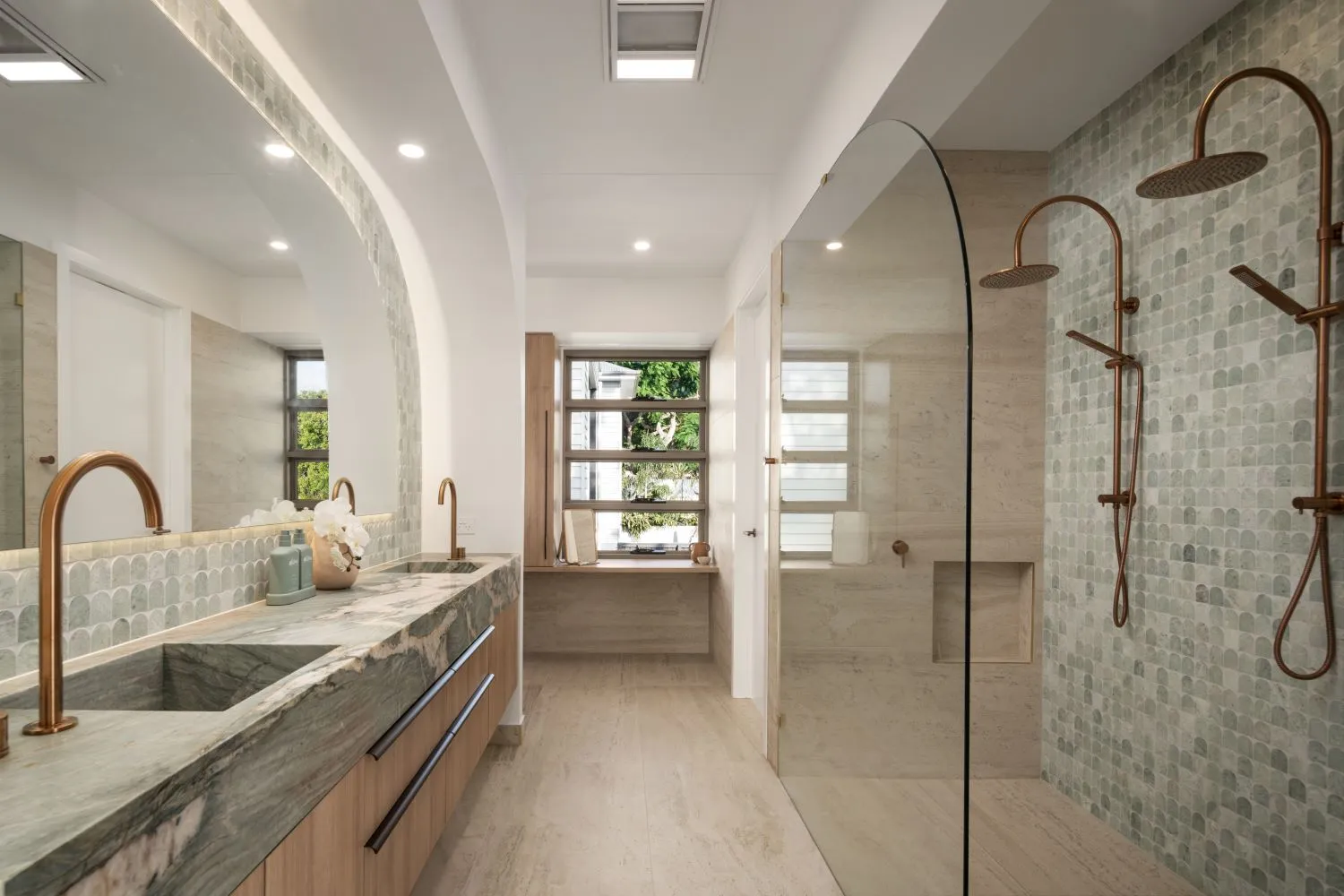
Larger tiles—12" x 24" or 24" x 48"—visually open up a small bathroom. They're perfect for walls and floors of larger bathrooms, providing a modern, streamlined appearance that is enhanced by fewer grout lines, which equal less cleaning and maintenance time.
Shapes for Visual Interest
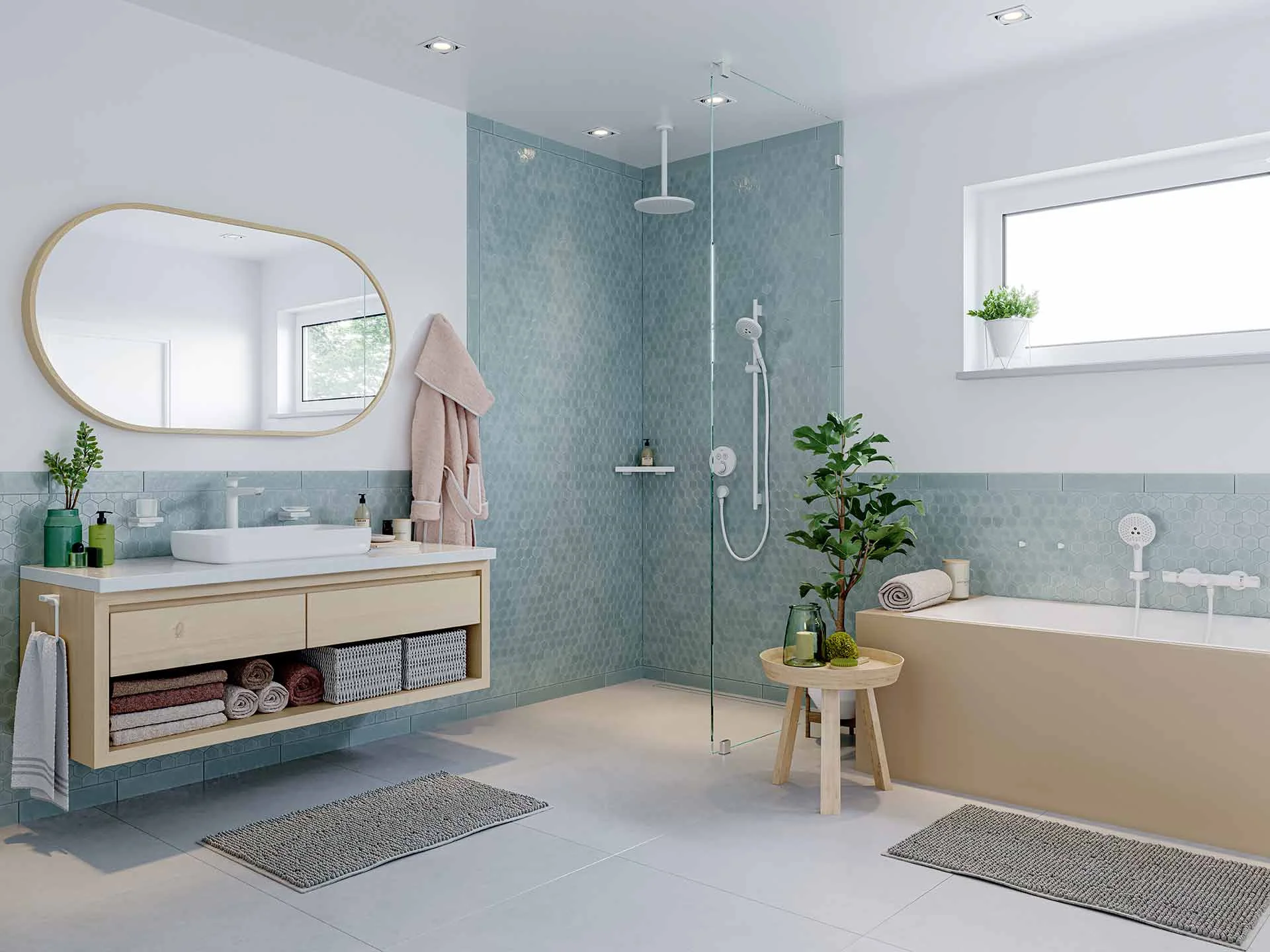
Adding some different shapes will give the space some personality. Some options to consider are:
• Hexagon tiles provide a unique, honeycomb-like pattern
• Subway tiles (usually 3" x 6") provide classic, timeless look
• Make a statement with fish scale or fan-shaped tiles
Again, the right size and shape of tile will depend on the dimensions of your bathroom and your personal taste. Mixing sizes and shapes creates a custom look that's all yours.
Tile Finishes: Glossy, Matte, Textured - Which is Best?
The type of finish you will pick for the tiles in your bathroom renovation vastly changes the look and function of your space. Each finish type has different benefits, so it is important to think about what exactly you need and prefer.
Glossy Finishes
The glossy tiles are smooth, reflecting, and make your bathroom appear larger and brighter. They are great at creating a glossy, elegant appearance and hence very easy to clean. At the same time, they could be extremely slippery when wet. It, therefore, calls for caution in areas with high moisture.
Matt Finishes
Matt tiles display a more subtle look, which some might describe as contemporary. Besides being safer than glossy because they allow for better traction in wet conditions, they also have an added advantage in cleaning: the appearance of water spots and fingerprint marks on matte surfaces is less prevalent than on gloss surfaces, so such tiles would not need to be cleaned as often.
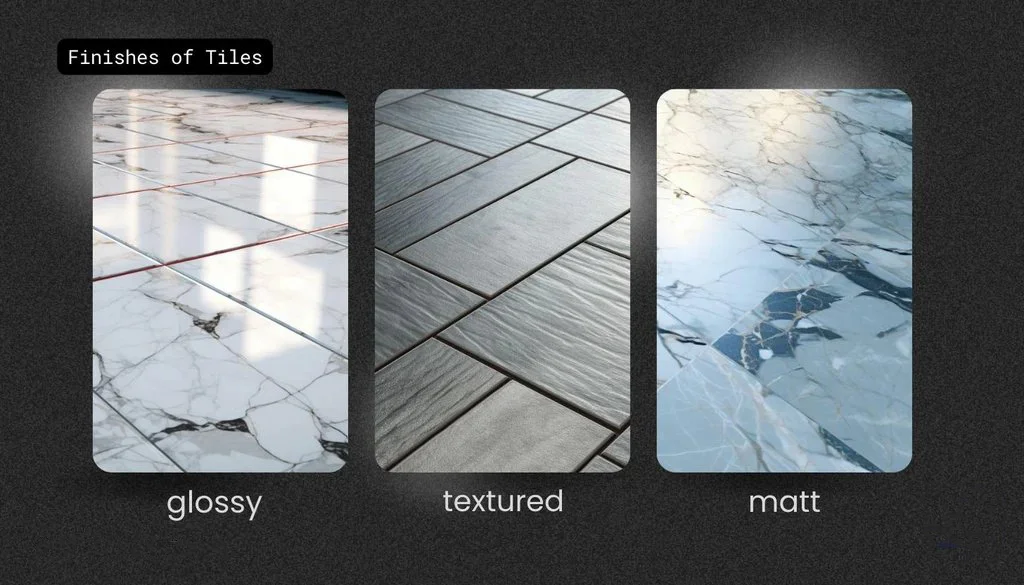
Textured Finishes
The textured tiles can most probably provide anti-slip characteristics and are therefore more appropriate for shower floors or any area that is frequently slick with water. They add depth and visual interest to the design of your bathroom, but their uneven surface might require a little more cleaning time and effort.
Ultimately, the best finish for bathroom tiles depends on individual needs, design inclinations, and habits of maintenance. You can mix and match different finishes to create a balanced area that is functional yet stylish.
Conclusion
As you get ready to do your bathroom renovation, never forget that tile choices could either make or break your design. Now, take into account the plethora of options at your fingertips, from classic ceramic and porcelain to ultra-luxurious natural stone, style-setting glass tiles, and so much more. Mix up the sizes from tiny mosaics to large-format slabs to create visual interest and apparent openness. Shearling, however, adds another finish dimension: glossy tiles provide shine, while matte options have a more sedate, modern feel. So, choosing the right tiles for your creation that not only meet your overall design vision but also align with practical requirements will give you a bathroom that you will love living in for years to come.

